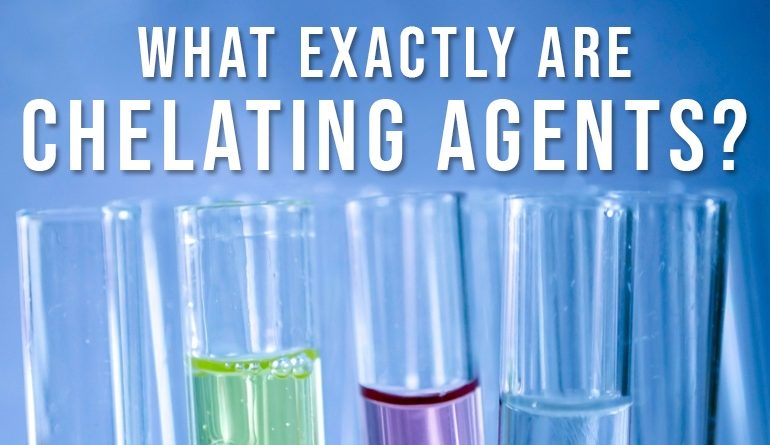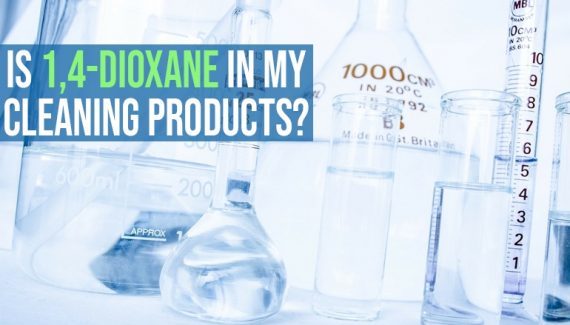Safe Household Cleaning is reader-supported. All reviews are independent and any products reviewed are purchased by the site owner. To help fund this model, some of the links on the site are affiliate links. If you decide to make a purchase from one of these links, this site will receive some commission. At no cost to you. It helps keeps this place running. Learn more
Anybody who lives in a hard water area understands the problems it can cause when cleaning your clothes
And there are plenty of you – a staggering 85% of the USA has hard water
Hard water is water with a high mineral content, and this mineral content prevents soaps or detergents from working to their full potential
Cleaning product manufacturers have a number of techniques to “soften” hard water.
One such technique is using chemicals known as chelating agents
What are chelating agents?
Most of you will live in a hard water area.
Hard water is water that has traveled through certain types of mineral such as limestone or chalk. The water picks up deposits of calcium and magnesium e.g. calcium carbonate, calcium bicarbonate and calcium magnesium carbonate as it passes through these minerals. Soft water, on the other hand, has usually traveled through peat, igneous rock or sandstone, and does not contain as much calcium and magnesium.
Soap or detergent reacts with the calcium and magnesium salts. Soap forms a scum, which is insoluble in water. Detergents do not form scum, but the calcium and magnesium salts still react with the detergent. These reactions mean there is less soap or detergent for cleaning or making bubbles. That’s why people in hard water areas generally have to use more soap and detergent than people in soft water areas.
Cleaning product manufacturers are obviously aware of this and use a number of techniques to improve the performance of soap and detergents in hard water areas. The use of chelating agents is one of the most popular.
The purpose of chelating agents is relatively simple – to prevent the minerals prevalent in hard water from interfering with cleaning.
It’s estimated that over 100,000 tons of the most popular chelating agent ‘EDTA’ are produced worldwide each year [1].
EDTA (or ethylenediaminetetraacetic acid) was first commercially discovered as a chelating agent in the 1930s by the German chemical and pharmaceutical giant ‘IG Farben’ [2]. Since then, EDTA has become the most popular and widely-used chelating agent, although others are also used:
- Citric acid
- NTA (nitrilotriacetic acid)
- Phosphonates (rarely now used as carcinogenic, and accumulate in the environment)
[Note: EDTA is normally added at a concentration of 0.5%, and so 200g of detergent only contains 1gram – making the production of 100,000 tons even more impressive.]
What do chelating agents do?
Chelating agents, or ‘sequestering agents’, are molecules capable of forming stable complexes with metal ions.
These can be used in a range of industrial processes, but in cleaning products, they are most commonly used to prevent soaps/detergents reacting with the mineral deposits in hard water and forming soap scum[3].
The mechanism by which chelating agents work is complex. Essentially they combine with certain metal ions to form a molecular complex that locks up or chelates the calcium ion so that it no longer exhibits ionic properties.
In hard water, calcium and magnesium ions are thus inactivated, and the water is effectively softened. [4].
Chelating agents are also used to:
- Stabilize hydrogen peroxide, improving shelf-life
- Prevent the decomposition of bleaches
- Help prevent allergies to nickel or chromium, by complexing with these metals
- Color cleaning products blue if intentionally complexed with copper
What are the risks of using a Chelating Agent?
The associated risks depend on the specific chelating agent:
- EDTA. The low concentrations of EDTA, when used as a chelating agent in cleaning products, limit any risk of toxicity. There is some concern that it may be carcinogenic, but these studies have been in animals [5]. The major concern with EDTA is that is doesn’t readily biodegrade, especially once complexed with metal ions. This may lead to environmental accumulation, causing toxicity in plants and animals through biomagnification.
- Citric Acid. Citric acid is a safer chelating agent, used in many ‘natural’ cleaning products. It readily biodegrades and is generally considered as safe to humans (especially at the concentrations used in cleaning products) [6]. The downside is that it’s a less effective chelating agent than EDTA, and not compatible with some cleaning products as it’s a weak acid.
- Phosphonates. Phosphates are associated with a range of harmful effects, both to humans (known to cause cancer) and the environment (accumulating in water sources, causing harmful eutrophication) [7]. They are now banned in most of the world, including the EU, Canada, and Australia. Regulation is the responsibility of individual states in the US, but most prohibit or restrict their use.
Summary
Chelating agents are widely used in domestic cleaning products to prevent metal ions naturally found in water from forming soap scum. There are many chelating agents, but EDTA and citric acid are two commonly found in cleaning products, with phosphonates banned in most countries. Chelating agents are generally safe to humans, but EDTA can accumulate, with harmful environmental effects.
References
[1] Kołodyńska, D. (2011). Chelating agents of a new generation as an alternative to conventional chelators for heavy metal ions removal from different wastewaters. Expanding Issues in Desalination.
[2] Burgot, J. L. (2012). Complexometry II: Titrations with EDTA. In Ionic Equilibria in Analytical Chemistry (pp. 513-523). Springer, New York, NY.
[3] Soontravanich, S., Lopez, H. E., Scamehorn, J. F., Sabatini, D. A., & Scheuing, D. R. (2010). Dissolution study of salt of long chain fatty acids (soap scum) in surfactant solutions. Part I: Equilibrium dissolution. Journal of Surfactants and Detergents, 13(4), 367-372.
[4] Di Palma, L., & Mecozzi, R. (2007). Heavy metals mobilization from harbor sediments using EDTA and citric acid as chelating agents. Journal of Hazardous Materials, 147(3), 768-775.
[5] Braide, V. B. (1984). Calcium EDTA toxicity: renal excretion of endogenous trace metals and the effect of repletion on collagen degradation in the rat. General Pharmacology, 15(1), 37-41.
[6] Soccol, C. R., Vandenberghe, L. P., Rodrigues, C., & Pandey, A. (2006). New perspectives for citric acid production and application. Food Technology & Biotechnology, 44(2).
[7] Nowack, B., & Stone, A. T. (2006). Competitive adsorption of phosphate and phosphonates onto goethite. Water Research, 40(11), 2201-2209.



No Responses Yet